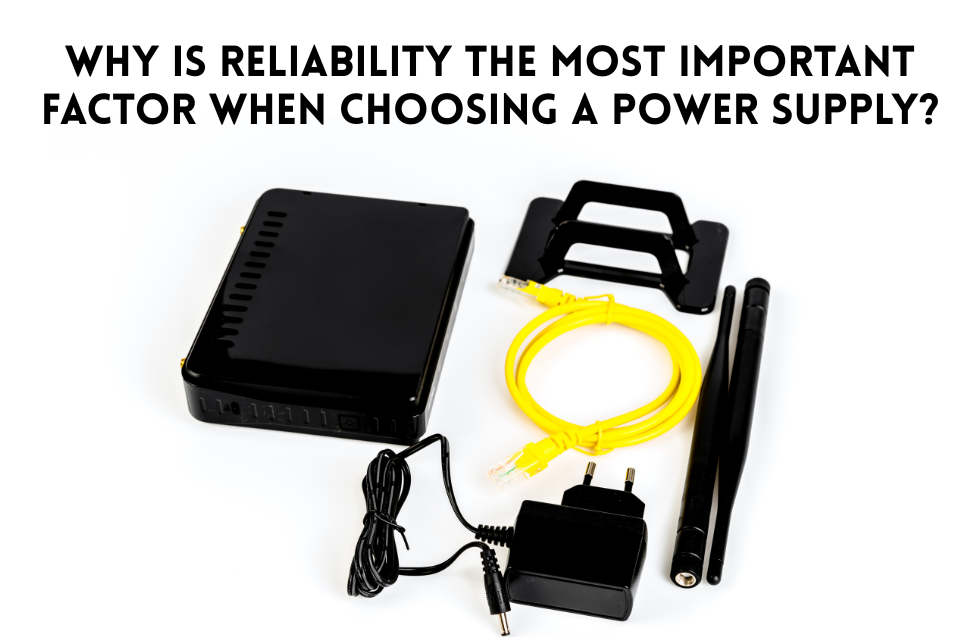In today’s tech-driven world, smart baby monitors have become more than just a nursery accessory—they’re now essential tools for modern parenting. As the baby tech industry experiences rapid growth, consumer preferences are playing a pivotal role in shaping product innovation, design, and functionality. Manufacturers are no longer just focusing on basic audio and video feeds; they are responding directly to what today’s parents want and need. This blog delves into the evolving consumer preferences that are redefining the smart baby monitor industry and driving business strategies.
1. Security and Data Privacy Are Top Priorities
In an age where data breaches and hacking incidents are frequent headlines, security is not just a feature—it’s a necessity. Parents are increasingly demanding end-to-end encryption, secure cloud storage, and multi-layer authentication. Brands that cannot guarantee robust cybersecurity are quickly losing trust. Businesses in this sector must prioritize data protection protocols and clearly communicate their privacy policies to stay competitive.
2. Health Tracking and Wellness Features
Beyond monitoring sleep and movement, parents are now seeking wellness analytics from baby monitors. Features such as:
- Breathing rate sensors
- Temperature and humidity tracking
- Heart rate monitors
- Cry detection alerts
…are becoming critical decision-making factors. These functions provide parents with peace of mind and actionable insights about their baby’s health. Startups and established companies alike are now investing in biometric technology to meet this demand.
3. User-Friendly Mobile Integration
Parents expect seamless integration with their smartphones. Easy-to-navigate mobile apps, push notifications, live streaming, and instant video playback are must-haves. The smart baby monitor must fit effortlessly into the parent’s digital ecosystem, whether it’s iOS or Android. This trend has pushed companies to refine their UI/UX design and create intuitive dashboards that require minimal setup and zero technical expertise.
4. Voice and AI-Enabled Functionality
Artificial intelligence is making its way into nurseries. Parents now look for AI-powered features such as:
- Smart crying analysis
- Sleep pattern recognition
- Personalized bedtime suggestions
- Voice assistants for hands-free use
These capabilities not only enhance the user experience but also offer a more proactive approach to parenting, allowing monitors to interpret data and suggest actionable insights.
5. Portability and Multi-Room Use
Modern parents are always on the move—whether traveling or managing different parts of the home. Thus, there’s growing interest in portable baby monitors that allow multi-room coverage or easy relocation. Compact, lightweight designs with strong battery life and Wi-Fi/Bluetooth compatibility are now in high demand.
6. Integration with Smart Home Devices
Parents invested in smart home ecosystems prefer baby monitors that integrate with their existing devices. Whether it’s syncing with Alexa, Google Home, or smart thermostats, compatibility is a key buying factor. This means businesses must ensure their devices are interoperable and can evolve with the smart home trend.
7. High-Definition Video and Night Vision
Clarity and quality matter—especially in low-light conditions. Parents expect high-definition (HD) video streaming, wide-angle lenses, and infrared night vision that don’t distort the image. Monitors must provide detailed visuals without lag to help parents accurately observe their baby’s sleep and safety.
8. Minimalist Design and Aesthetics
Today’s parents are also style-conscious. They prefer smart baby monitors that blend with their nursery decor—sleek, modern, and minimal. Companies are now offering products in neutral tones and aesthetic forms that complement the home rather than disrupt its harmony.
9. Subscription-Free Features
Many consumers are showing fatigue toward subscription-based models. While some are open to optional paid features, there is a growing demand for devices that offer full functionality without ongoing fees. Brands offering a one-time purchase model with complete access to all features are gaining a competitive edge.
10. Affordability Without Compromise
While parents want the best for their children, affordability still influences purchasing decisions. Businesses must strike the right balance between price, features, and reliability. Competitive pricing with tiered models catering to various budgets is becoming a popular go-to-market strategy.
Conclusion: Innovating to Meet Parental Expectations
The smart baby monitor industry is rapidly evolving in response to shifting consumer expectations. Today’s parents are tech-savvy, cautious about security, and deeply invested in health and wellness insights. To remain competitive, businesses in this space must align product innovation with real parental needs, focusing on functionality, safety, usability, and aesthetics. The brands that listen, adapt, and innovate will not only win market share but also gain lasting trust among the most discerning of consumers—parents.













